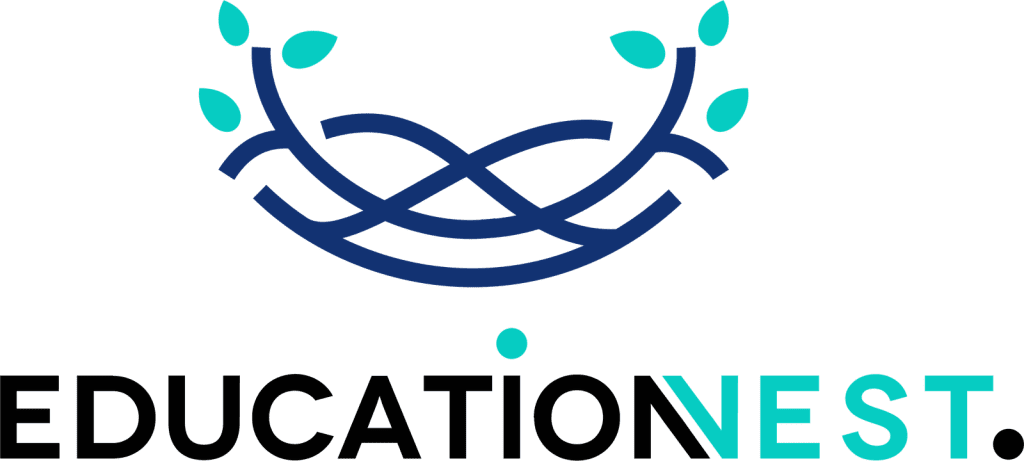In today’s fast-paced and ever-evolving business landscape, employee development is no longer a luxury; it’s a necessity. Organizations that prioritize the growth of their employees not only enhance individual performance but also drive overall business success.
This blog delves into highly effective top 3 employee development frameworks: the 70-20-10 Model, the ADDIE Model, and the Agile Learning Framework. By understanding and adopting these frameworks, organizations can create a culture of continuous learning and adaptation.
Why Employee Development Matters
Employee development is crucial for several reasons. It helps in:
- Enhancing Skills: Continuous learning ensures that employees remain relevant in their roles.
- Boosting Morale: Investing in employees’ growth increases job satisfaction and loyalty.
- Improving Performance: Well-developed employees can perform at higher levels, directly impacting productivity.
- Attracting Talent: Organizations known for their development programs attract top talent.
Framework 1: The 70-20-10 Model
Overview of the Model
The 70-20-10 Model is a popular framework for employee development that suggests that:
- 70% of learning occurs through on-the-job experiences.
- 20% comes from social interactions and mentoring.
- 10% is acquired through formal education and training.
This model emphasizes the importance of experiential learning, encouraging employees to learn through real-world challenges.
Implementation Strategies
To effectively implement the 70-20-10 Model, consider the following strategies:
- Encourage Job Rotations: Allow employees to work in different roles or departments to gain diverse experiences.
- Foster a Mentoring Culture: Pair employees with mentors who can guide and share their experiences.
- Create Learning Opportunities: Develop projects that challenge employees and provide learning opportunities.
Benefits
The benefits of the 70-20-10 Model include:
- Enhanced Practical Skills: Employees develop skills that are directly applicable to their roles.
- Stronger Relationships: The social learning aspect fosters teamwork and collaboration.
- Cost-Effectiveness: Organizations can save on formal training costs by leveraging on-the-job learning.
Framework 2: The ADDIE Model
Overview of the Model
The ADDIE Model is a systematic instructional design framework that stands for:
- Analysis
- Design
- Development
- Implementation
- Evaluation
This model is particularly effective for developing training programs that meet specific organizational needs.
Implementation Strategies
Implementing the ADDIE Model involves:
- Conducting Needs Analysis: Assess the skills gap and training needs of employees.
- Designing Engaging Content: Create training materials that are relevant and engaging.
- Regular Evaluation: Continuously assess the effectiveness of training programs and make necessary adjustments.
Benefits
The ADDIE Model offers several advantages:
- Structured Approach: Ensures that all aspects of training are considered.
- Flexibility: Can be adapted to various learning contexts and environments.
- Measurable Outcomes: Facilitates the evaluation of training effectiveness.

Read More
Top 10 In-Demand Skills for Australia’s 2025 Visa Boom
Ensure Safety with Comprehensive Workplace Safety Training
Framework 3: The Agile Learning Framework
Overview of the Framework
The Agile Learning Framework focuses on flexibility, collaboration, and quick adaptation to change. It encourages organizations to:
- Embrace Change: Foster a culture that welcomes new ideas and changes.
- Iterative Learning: Promote small, continuous learning cycles rather than large, infrequent training sessions.
Implementation Strategies
To implement the Agile Learning Framework:
- Create Cross-Functional Teams: Encourage collaboration among different departments.
- Utilize Technology: Use digital platforms for real-time feedback and learning resources.
- Encourage Experimentation: Allow employees to try new approaches and learn from failures.
Benefits
The Agile Learning Framework provides:
- Rapid Adaptation: Organizations can quickly respond to market changes.
- Employee Engagement: Involvement in decision-making boosts morale and innovation.
- Continuous Improvement: Focus on iterative learning fosters a culture of ongoing development.
Frequently Asked Questions
What is the 70-20-10 Model?
The 70-20-10 Model suggests that 70% of learning occurs through experience, 20% through social interactions, and 10% through formal education.
How can the ADDIE Model improve training programs?
The ADDIE Model provides a structured approach to instructional design, ensuring that training meets specific needs and is continuously evaluated for effectiveness.
What is the Agile Learning Framework?
The Agile Learning Framework emphasizes flexibility and collaboration, allowing organizations to adapt quickly to changes and encourage continuous learning.
Why is employee development important?
It enhances skills, boosts morale, improves performance, and helps attract top talent, contributing to overall business success.
How can organizations implement these frameworks effectively?
Organizations can implement these frameworks by fostering a culture of learning, utilizing technology, and encouraging collaboration and mentorship.
Conclusion
Adopting effective top 3 employee development frameworks is essential for fostering a culture of growth and innovation within an organization. The 70-20-10 Model, ADDIE Model, and Agile Learning Framework each offer unique benefits that can help organizations enhance employee skills, boost morale, and drive performance.
By investing in employee development, businesses can navigate challenges more effectively and create a workforce that is prepared for the future.
